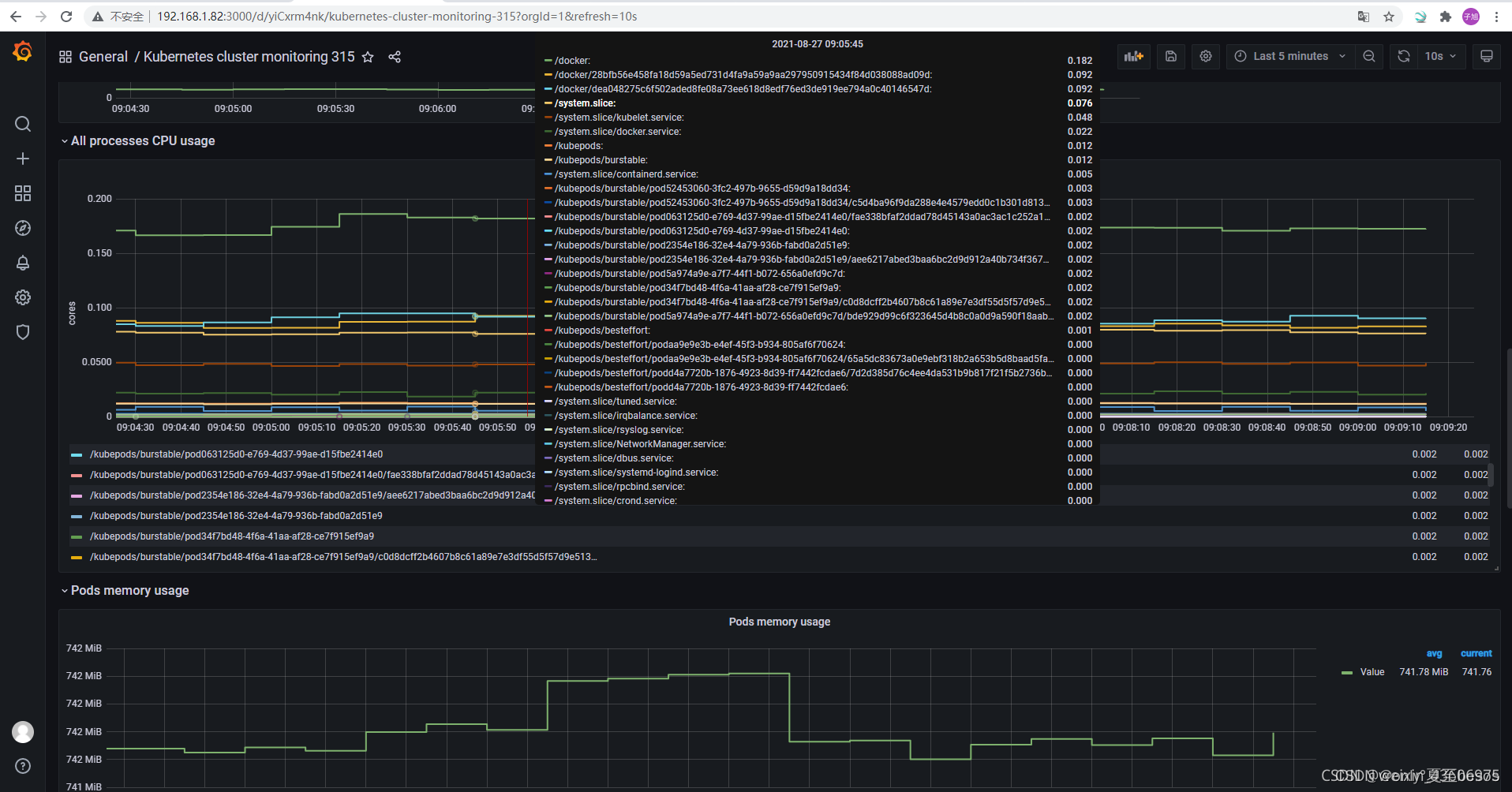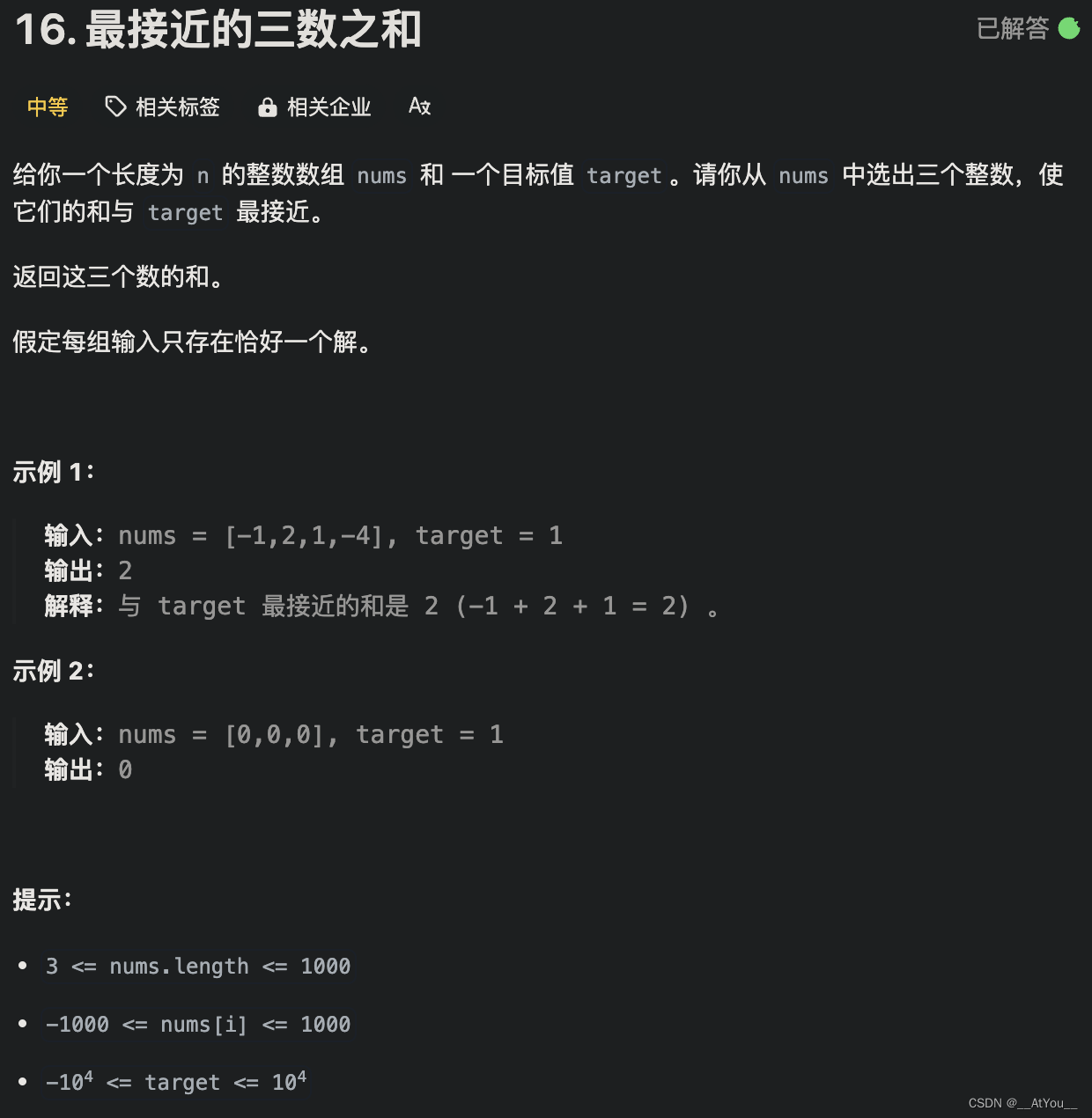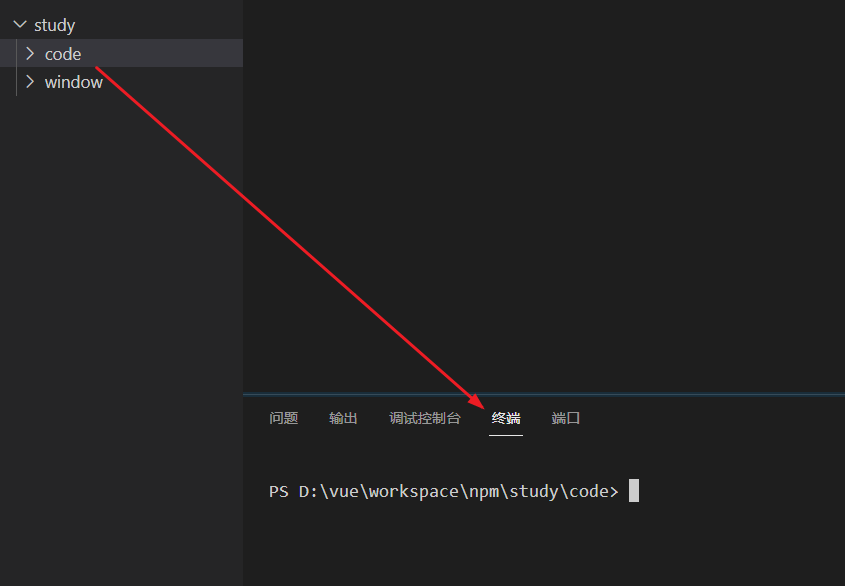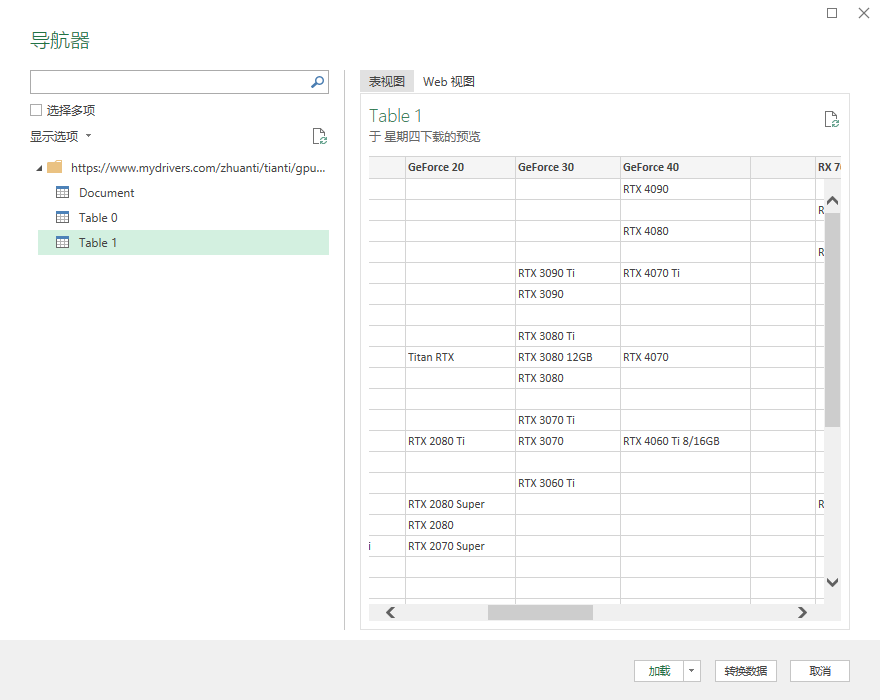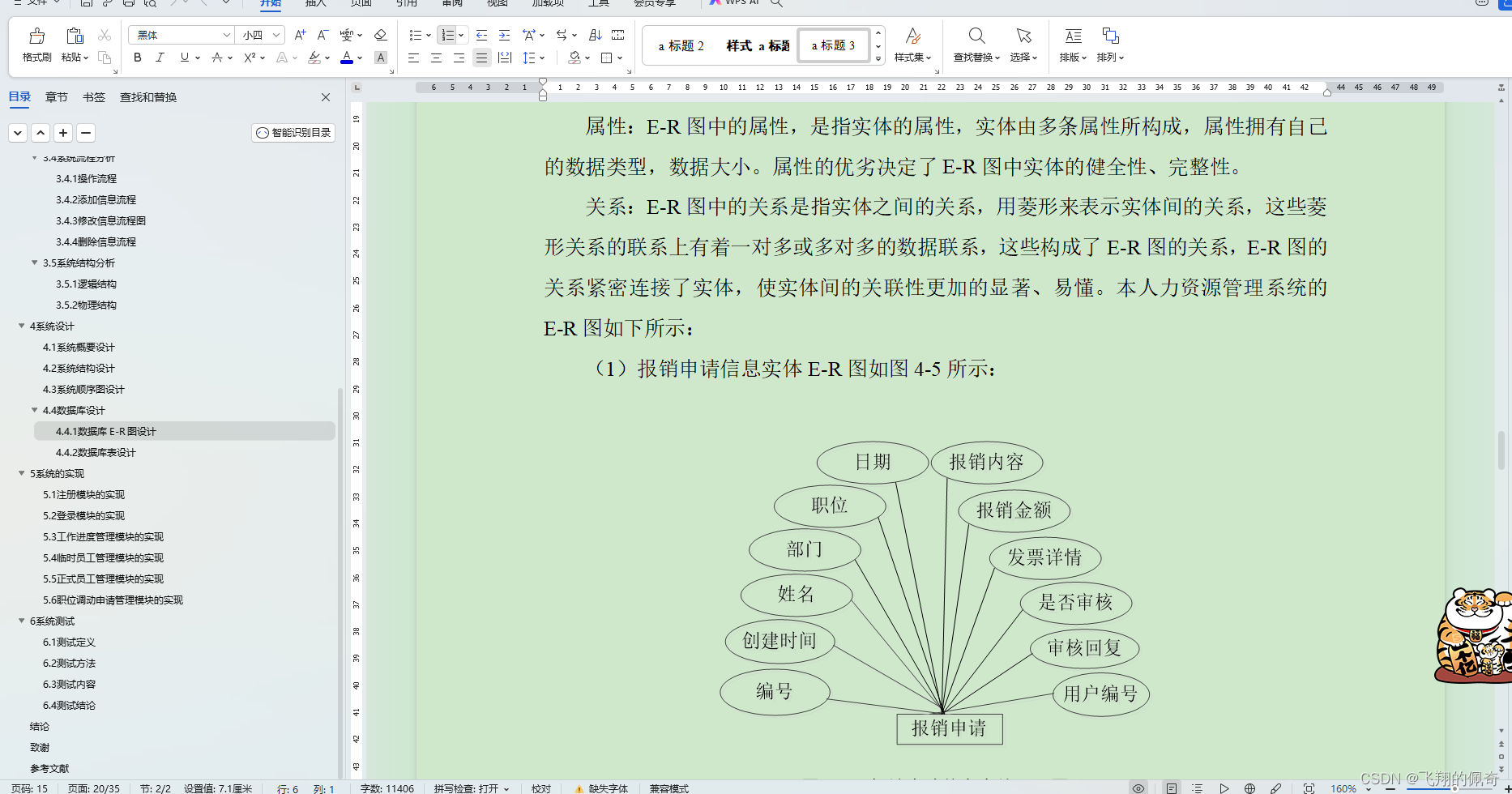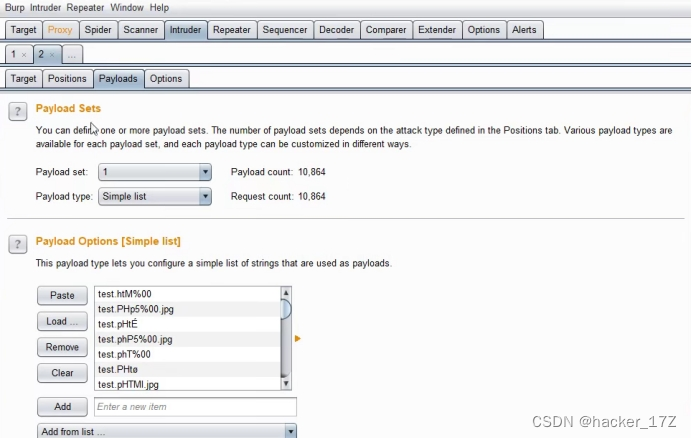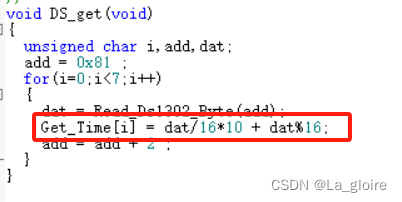栈
栈的概念及结构
栈:一种特殊的线性表,其只允许在固定的一端进行插入和删除元素操作。 进行数据插入和删除操作的一端 称为栈顶,另一端称为栈底。 栈中的数据元素遵守后进先出 LIFO ( Last In First Out )的原则。
压栈:栈的插入操作叫做进栈 / 压栈 / 入栈, 入数据在栈顶 。
出栈:栈的删除操作叫做出栈。 出数据也在栈顶 。
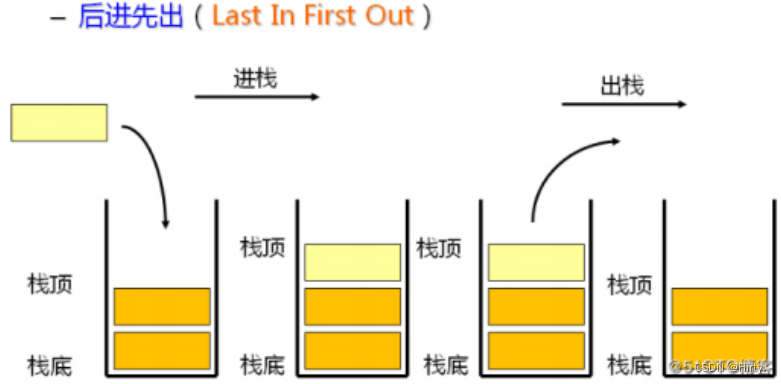
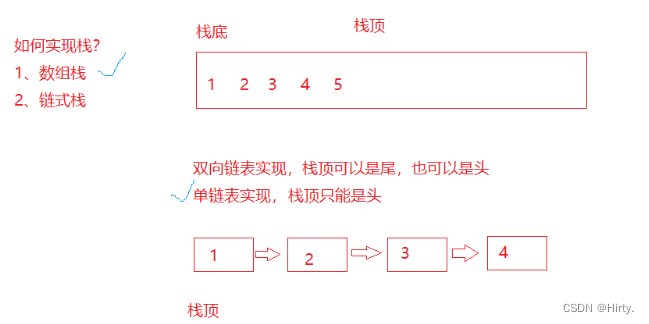
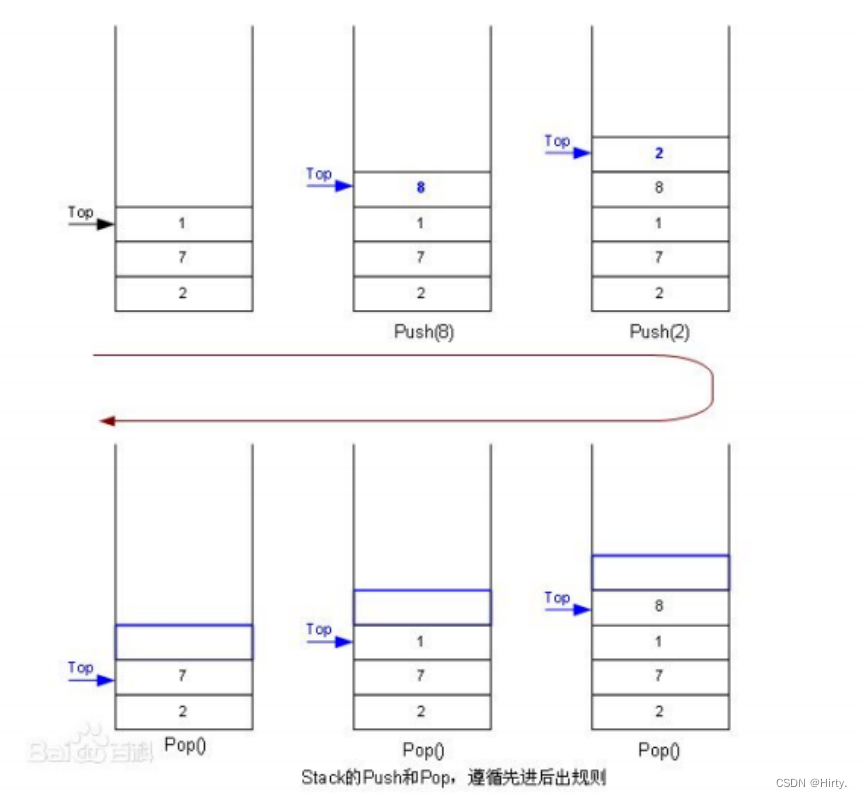 栈的实现(数组版本)
栈的实现(数组版本)
栈的实现一般可以使用 数组或者链表实现 ,相对而言数组的结构实现更优一些。因为数组在尾上插入数据的代价比较小。

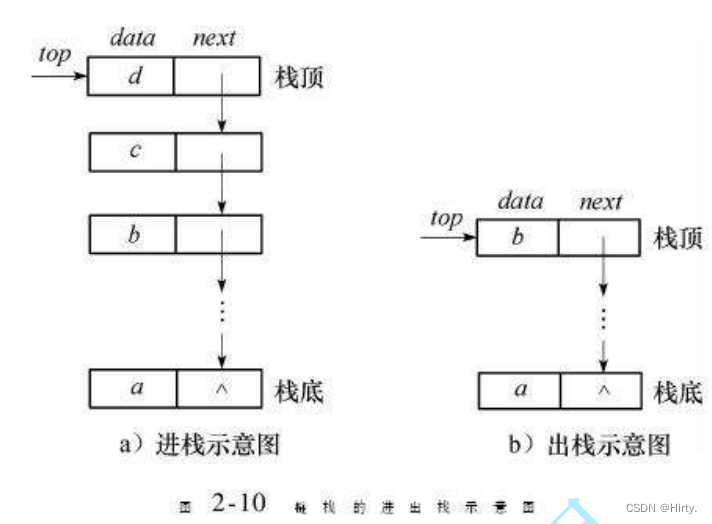
Stack.h
#pragma once
#include<stdio.h>
#include<assert.h>
#include<stdlib.h>
#include<stdbool.h>typedef int STDataType;
// 支持动态增长的栈
typedef struct Stack
{int* a;int top; // 标识栈顶位置的int capacity;
}ST;void STInit(ST* pst);
void STDestroy(ST* pst);// 栈顶插入删除
void STPush(ST* pst, STDataType x);
void STPop(ST* pst);
STDataType STTop(ST* pst);bool STEmpty(ST* pst);
int STSize(ST* pst);Stack.c
注意:
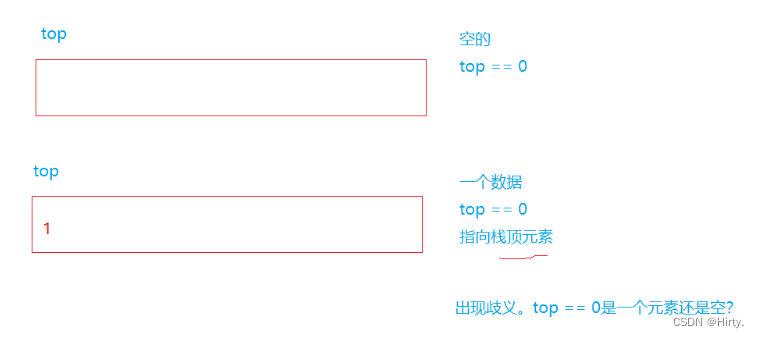
解决方法一:
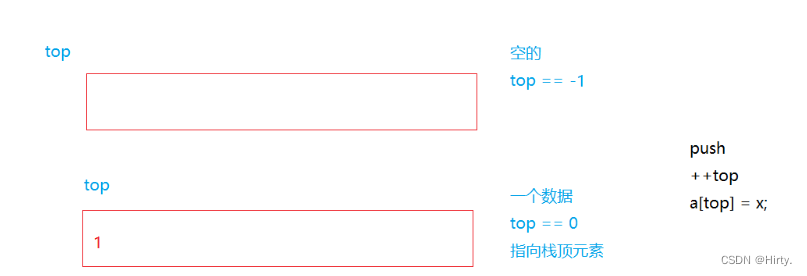
解决方法二:
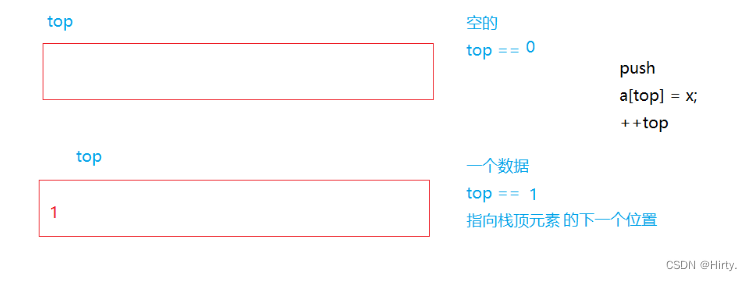
这里我们采用方法二
#include"Stack.h"void STInit(ST* pst)
{assert(pst);pst->a = NULL;pst->capacity = 0;// 表示top指向栈顶元素的下一个位置pst->top = 0;// 表示top指向栈顶元素//pst->top = -1;
}void STDestroy(ST* pst)
{assert(pst);free(pst->a);pst->a = NULL;pst->top = pst->capacity = 0;
}// 栈顶插入删除
void STPush(ST* pst, STDataType x)
{assert(pst);if (pst->top == pst->capacity){int newcapacity = pst->capacity == 0 ? 4 : pst->capacity * 2;STDataType* tmp = (STDataType*)realloc(pst->a, sizeof(STDataType) * newcapacity);if (tmp == NULL){perror("realloc fail");return;}pst->a = tmp;pst->capacity = newcapacity;}pst->a[pst->top] = x;pst->top++;
}void STPop(ST* pst)
{assert(pst);// 不为空assert(pst->top > 0);pst->top--;
}STDataType STTop(ST* pst)
{assert(pst);// 不为空assert(pst->top > 0);return pst->a[pst->top - 1];
}bool STEmpty(ST* pst)
{assert(pst);/*if (pst->top == 0){return true;}else{return false;}*/return pst->top == 0;
}int STSize(ST* pst)
{assert(pst);return pst->top;
}Test.c
#include"Stack.h"int main()
{ST s;STInit(&s);STPush(&s, 1);STPush(&s, 2);STPush(&s, 3);printf("%d ", STTop(&s));STPop(&s);printf("%d ", STTop(&s));STPop(&s);STPush(&s, 4);STPush(&s, 5);// 一 对 多// 入栈顺序 -- 出栈顺序while (!STEmpty(&s)){printf("%d ", STTop(&s));STPop(&s);}printf("\n");return 0;
}队列
队列的概念及结构
队列:只允许在一端进行插入数据操作,在另一端进行删除数据操作的特殊线性表,队列具有先进先出FIFO(First In First Out) 入队列:进行插入操作的一端称为 队尾 出队列:进行删除操作的一端称为 队头

队列的实现(单链表)
队列也可以数组和链表的结构实现,使用链表的结构实现更优一些,因为如果使用数组的结构,出队列在数组头上出数据,效率会比较低。
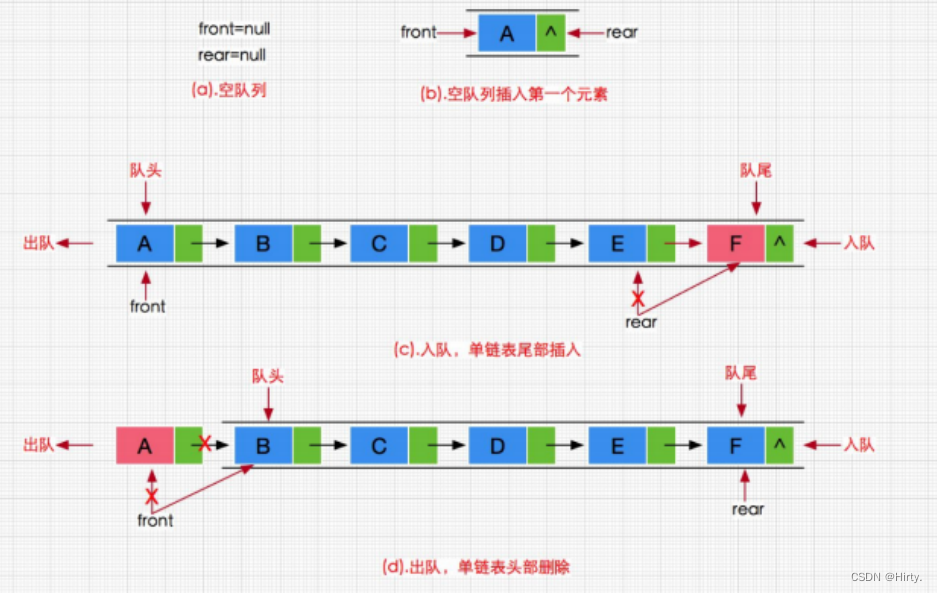
Queue.h
#pragma once
#include<stdio.h>
#include<assert.h>
#include<stdlib.h>
#include<stdbool.h>typedef int QDataType;
typedef struct QueueNode
{QDataType val;struct QueueNode* next;
}QNode;typedef struct Queue
{QNode* phead;QNode* ptail;int size;
}Queue;void QueueInit(Queue* pq);
void QueueDestroy(Queue* pq);
void QueuePush(Queue* pq, QDataType x);
void QueuePop(Queue* pq);
QDataType QueueFront(Queue* pq);
QDataType QueueBack(Queue* pq);
bool QueueEmpty(Queue* pq);
int QueueSize(Queue* pq);Queue.c
#include"Queue.h"void QueueInit(Queue* pq)
{assert(pq);pq->phead = pq->ptail = NULL;pq->size = 0;
}void QueueDestroy(Queue* pq)
{assert(pq);QNode* cur = pq->phead;while (cur){QNode* next = cur->next;free(cur);cur = next;}pq->phead = pq->ptail = NULL;pq->size = 0;
}void QueuePush(Queue* pq, QDataType x)
{assert(pq);QNode* newnode = (QNode*)malloc(sizeof(QNode));if (newnode == NULL){perror("malloc fail");return;}newnode->val = x;newnode->next = NULL;if (pq->ptail == NULL){pq->ptail = pq->phead = newnode;}else{pq->ptail->next = newnode;pq->ptail = newnode;}pq->size++;
}void QueuePop(Queue* pq)
{assert(pq);// 空assert(pq->phead);QNode* del = pq->phead;pq->phead = pq->phead->next;free(del);del = NULL;if (pq->phead == NULL)pq->ptail = NULL;pq->size--;
}QDataType QueueFront(Queue* pq)
{assert(pq);// assert(pq->phead);return pq->phead->val;
}QDataType QueueBack(Queue* pq)
{assert(pq);// assert(pq->ptail);return pq->ptail->val;
}bool QueueEmpty(Queue* pq)
{assert(pq);return pq->phead == NULL;
}int QueueSize(Queue* pq)
{assert(pq);return pq->size;
}Test.c
#include"Queue.h"
int main()
{Queue q;QueueInit(&q);QueuePush(&q, 1);QueuePush(&q, 2);QueuePush(&q, 3);printf("%d ", QueueFront(&q));QueuePop(&q);printf("%d ", QueueFront(&q));QueuePop(&q);QueuePush(&q, 4);QueuePush(&q, 5);while (!QueueEmpty(&q)){printf("%d ", QueueFront(&q));QueuePop(&q);}QueueDestroy(&q);return 0;
}

![[通俗易懂]《动手学强化学习》学习笔记2-第2、3、4章](https://img-blog.csdnimg.cn/direct/94e1741388d64c5fa269f0a907341644.png)
